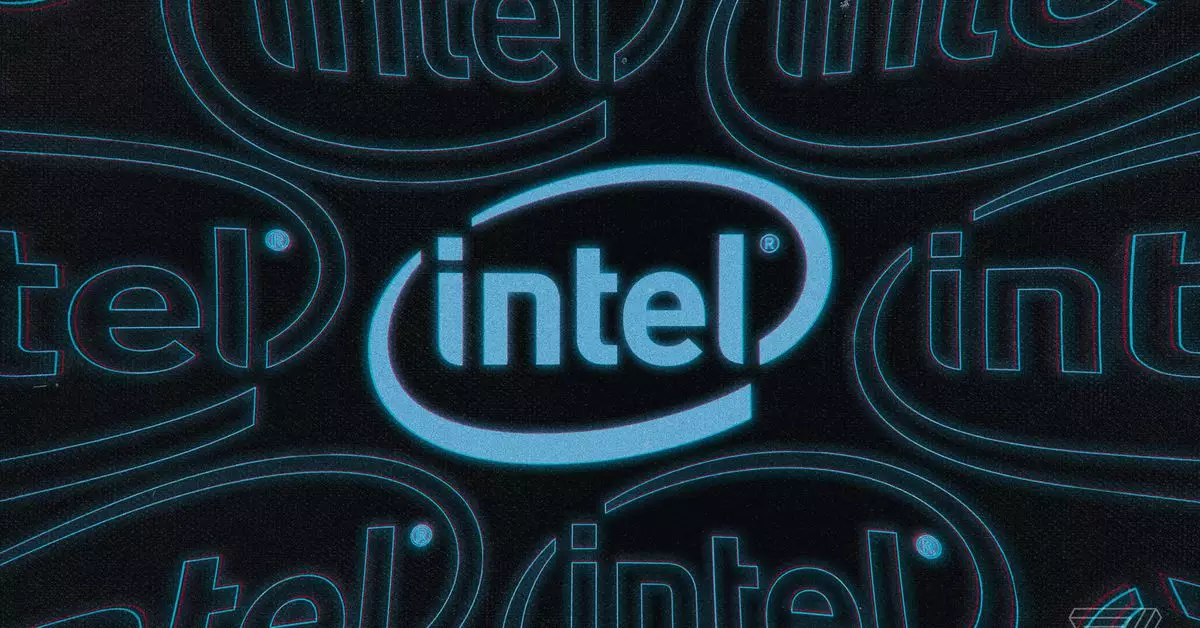Intel’s recent launch of the Arrow Lake-based Core Ultra 9 200S-series processor has not garnered the enthusiasm the company anticipated, particularly in the gaming sector. While there was initial optimism surrounding the potential of these new chips, feedback from reviewers has revealed notable deficiencies. This article delves into Intel’s current standing, the gaming performance setbacks, and the company’s accountability for the issues, offering insight into potential improvements on the horizon.
The reception of the Arrow Lake processors has been underwhelming, especially when compared to their predecessor, the Raptor Lake line. Critics have pointed out that, despite some claims of increased efficiency—highlighted in a review from The Verge—the gaming performance lags significantly. It’s unfortunate that Intel’s ambitious projection of outpacing AMD’s renowned Ryzen 9800X3D has not materialized, as many gamers and tech enthusiasts were eagerly anticipating a formidable competitor. The disappointing performance raises concerns about whether Intel underestimated the challenges of delivering a superior gaming experience with this new architecture.
In a candid interview, Robert Hallock, Intel’s VP and GM of client AI and technical marketing, discussed the shortcomings of the Arrow Lake chips. Hallock emphasized that the performance issues are entirely Intel’s responsibility, distancing the company from any blame on external factors such as software or operating systems. His frankness reflects a commendable sense of accountability, although it raises questions about the company’s development and testing processes.
The industry has always viewed performance benchmarks as critical indicators of a chip’s viability in the competitive market. With Arrow Lake, Intel seems to be grappling with unexpected variables that impact performance. Hallock’s mention of “wild unintended effects” hints at deeper systemic issues that the company must address if they aim to regain consumer trust.
Intel’s commitment to rectifying these issues is crucial, especially given the rising competition from AMD. Hallock mentioned that a comprehensive update regarding performance problems would be forthcoming in the near future, with an ETA by the end of November or early December. This timeline signals Intel’s recognition of the urgency required to address these concerns and restore confidence in their products.
As the tech industry continuously evolves, the pressure on Intel to innovate and provide reliable performance can’t be overstated. The next steps involving transparency about challenges and concrete timelines for fixes will be vital in shaping Intel’s trajectory in the coming months.
The state of Intel’s Arrow Lake processors highlights significant challenges amidst unmet expectations. While initial performance results have been disappointing, the company’s openness about its shortcomings and future intentions is a crucial first step towards recovery. Successful navigation of these hurdles may determine whether Intel can return to its former glory or risk falling further behind in a market increasingly dominated by competitors like AMD. The tech community eagerly awaits Intel’s forthcoming updates and hopes for impressive improvements to validate the optimism that once surrounded the Arrow Lake launch.

